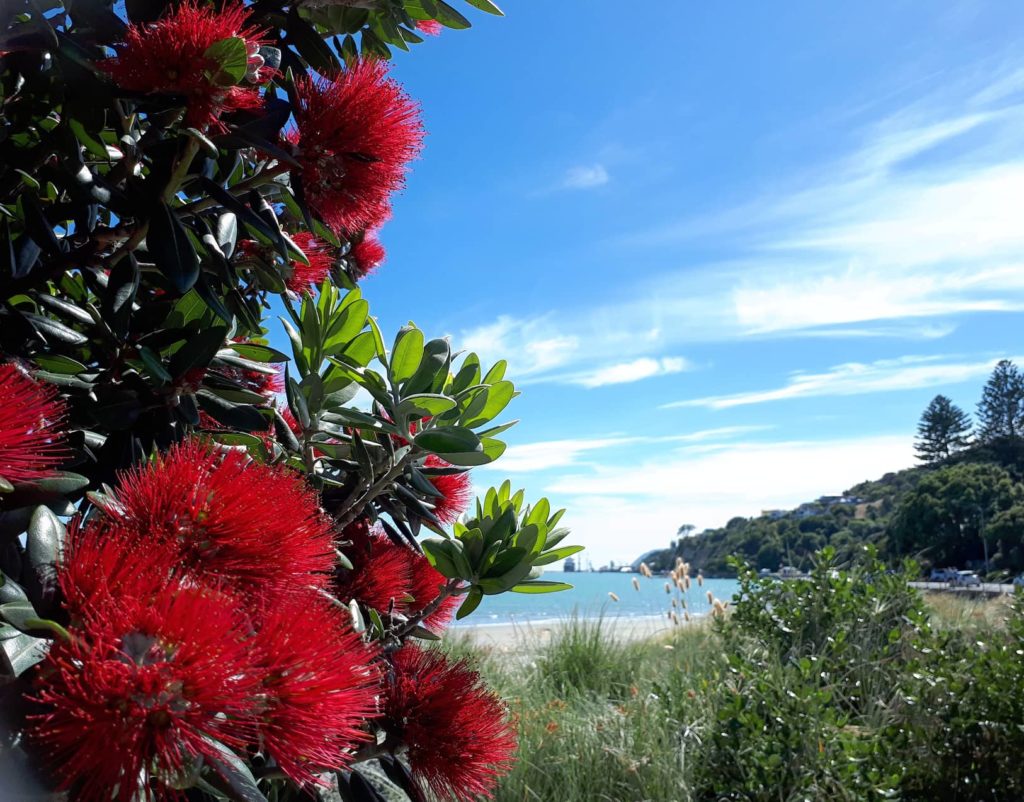Tranche 2 Dec 2019 update

In a nutshell
- The scoping and design stage of Tranche 2 is now complete. Lead-off investments were approved by Mana Rangatira (the Challenge Governance Group) at their meeting in early December and more investments will follow in early 2020.
- Our commitment to ‘invest for impact’ underpinned our work in 2019: identifying investment needs along an innovation pathway (discovery to adoption), before deciding where the Challenge should invest. ‘Investment Prospectuses’ were used to make these decisions.
- Research contracts will be done by negotiation with a lead provider, with research leads expected to reach out widely to strive for system-wide alignment and collaboration with existing work in order to construct the ‘right teams’. Knowledge and expertise will be drawn from Challenge Parties and others.
- There was a lot of hard work put in by a lot of people to get us to this point. Thank you. This effort has built a strong platform enabling us all to be confident our investments will create impact.
Stage 1 of the scoping and design process is complete
Stage 1 of our scoping and design process culminated in an intensive two days for the scoping teams – ‘pitching for impact’ in mid-November 2019. They presented their pitches to a panel of investors who have expertise in impact investment across the philanthropic, social enterprise, health and business sectors.
Based on feedback received from our ‘Dragons Den’ panel (or taniwha as some liked to call them), the final piece of work for each team was to revise their Investment Prospectus.
A heartfelt ‘thank you’ to the Scoping teams
We’d like to take this opportunity again to thank the scoping teams for putting your hearts and minds into Stage 1 and the scoping process. Whilst some pivots were needed along the Tranche 2 journey so far, we are amazed just how keen everyone was to get stuck in boots and all.
You have given Aotearoa/New Zealand a great foundation from which to build – to create lasting impact and transformational change for biological heritage. Thank you all for your support, aroha, patience, deep insights, manaakitanga, whanaungatanga and kindness through what has been an extremely busy year.
What is the purpose of the ‘Investment Prospectus’?
Many people have asked us this question!
The intention of each Investment Prospectus is to outline how a large collective of individuals and organisations will work together to create impact. We realised in Tranche 1 that Challenge funding alone could not achieve the Challenge Mission. Our 2019-2024 Strategy focuses on the whole ‘innovation system’ to ensure progress towards our goals.
Each Investment Prospectus is intended as a document that paints a picture of how we can harness knowledge, science, research, innovation and technology development across research organisations, in communities, and in government agencies. Only after we have mapped the overall portfolio of current investment in a given area, brought essential partners on board, and identified critical gaps, can we drive transformative change by leveraging existing investments and choosing to invest in those gaps.
Prospectuses are very effective tools in social enterprise and business because they are in a format and language that investors can understand.
Investment Prospectuses – what happens next?
A lot of you have been asking for copies of the Investment Prospectuses. We’re working on it! Prospectus refinement will continue over time. Early in 2020, we will place the Prospectuses online for information and feedback, and to help organisations identify where they can contribute to critical areas of research.
Moving into Stage 2
Based on the Investment Prospectuses, we identified research investments that can be kicked off early in 2020 and made recommendations to Mana Rangatira, the Challenge Governance Group.
Investing in priority areas now does not mean other work is less worthy or less important. We will make another set of recommendations to the Governance Group in early February 2020.
Research investments will be made ‘by negotiation’. As we move into Stage 2, the Challenge leadership team and Knowledge Brokers will work closely with lead providers and potential research leads to scope and develop research plans and to ensure that research gets underway.
It is very important to us that this process is as inclusive as possible. If you are interested in contributing to one of the seven Strategic Outcomes and you think we’ve overlooked your skills and expertise in the scoping process, don’t hesitate to get in touch with support@bioheritage.weavearchive.xyz .
We have developed criteria and a checklist that will be used by the Challenge leadership team to ensure that team construction is inclusive. We will also be working closely with our Challenge Parties in 2020 to identify aligned research.
What we are looking for in constructing research teams
We are looking for those that uphold our values and are passionate about working under our guiding principles. We will also look for skills to do the job, willingness to share, and enthusiasm for working with people from different sectors and backgrounds. We are aiming to accelerate rapidly now, with major delivery due by 2024, so capacity will be a major factor in consideration.
An emergent process – what have we learned during the scoping and design stage?
A lot of you have asked us what we have learned about our human-centered, design-led collaborative process over the last 8-9 months. We are excited to say that Ronlyn Duncan (Manaaki Whenua) has been observing the process and will be providing us with a report soon.
Ronlyn has observed the scoping groups in action and has been interviewing group members and our leadership team.
It’s too soon to say what might be in her report, but Ronlyn and her colleagues have observed similar collaborative processes, such as working with regional councils around water allocation and water quality in New Zealand. Generic learnings they have observed include:
- Participatory, collaborative processes – with participants representing a range of values and interests – take much longer and are more costly up front than anticipated. Reaching a shared vision takes time, so good facilitation and sufficient resources are needed. However, such processes usually generate more enduring and sustainable outcomes.
- Sustaining collaborations, and continuing to build networks representative of the wider community beyond the participants, takes ongoing effort. Our leadership team will be actively managing an inclusive process as we transition to Stage 2.
Our conclusion so far is that we have built a great foundation from which to springboard into Stage 2.

Ngā Rākau Taketake
Ngā Rākau Taketake (NRT) is a government surge investment focused on science solutions to combat two plant pathogens: myrtle rust and kauri dieback. The name refers to the historical and permanent relationship New Zealanders have with our native trees.
We have a newsletter dedicated to NRT – you can check out the latest here: https://bit.ly/2ExRZwY
If you’d like to get regular updates you can sign up to the NRT newsletter directly here: https://bit.ly/34CL54i
Research underway in NRT
Because NRT is surge funding, we have been moving quickly to ensure major delivery by 2023, so we are further through the team construction phase (compared to our other scoping groups) and research has begun. In constructing the research teams for NRT, our aims were to:
- Build (or rebuild) respectful and meaningful partnerships with Māori.
- Break down barriers to collaboration across research organisations and other knowledge holders, by bringing in different/new skill sets and ideas.
- ‘Prioritise the priorities’ laid out in MPI’s science plans.
Seven goals have been identified for delivery by 2023, with six research programmes already underway:
- Te Mauri o te Rākau: Mātauranga Māori solutions to kauri dieback (Te Tira Whakamātaki);
- Mātauranga Māori Surveillance Framework for plant pathogens (Manaaki Whenua – Landcare Research);
- Control, protect and cure: tools for detection and management (Scion);
- Myrtle rust risk assessment (Plant & Food Research);
- Mobilising for action: social research to empower communities to protect rākau (University of Auckland);
- Landscape genomics of kauri (Manaaki Whenua – Landcare Research).
Research to address the seventh goal (understanding the host-pathogen-environment nexus) will get underway early 2020.
Earlier this year we supported two international researchers to attend a Phytophthora symposium to provide guidance and peer review during establishment of NRT.
We also hosted an indigenous hui taumata to build a network of traditional knowledge holders across the Pacific, focused on solutions to the invasion of future wind-borne pathogens.